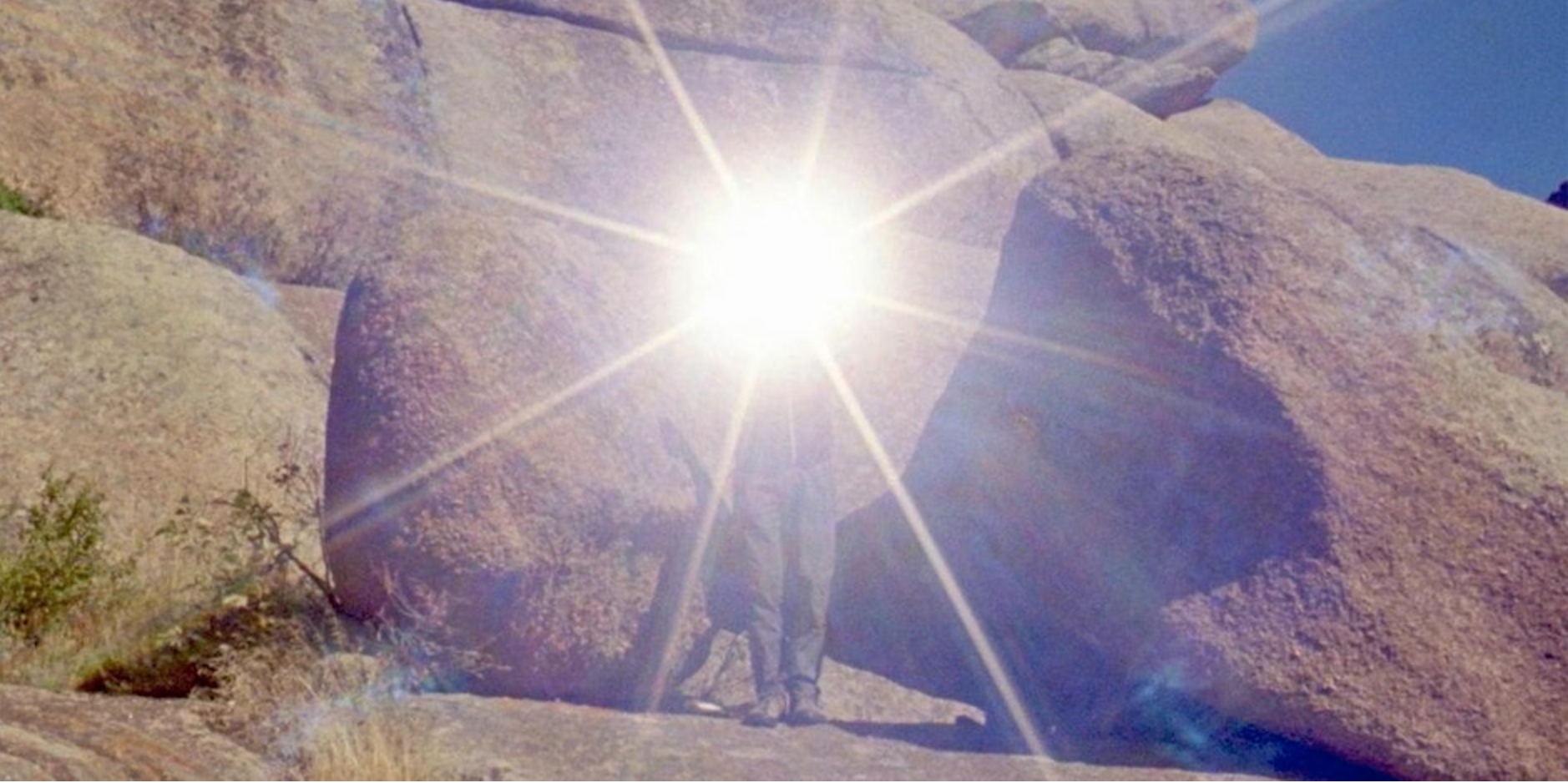We are thrilled to welcome you to the final event in our three year focus on sound and the moving image with a screening of another incredible (and appropriately titled) film and conversation. Please join us on Wednesday 17 May at 4pm-5.30pm BST when filmmaker and artist Deborah Stratman will be in conversation with curator Ilinca Vânău about her new film Last Things and her ongoing interest in sound.
Last Things is about evolution and extinction from the point of view of rocks and various future others and brings together several of the strands that the Centre for Screen Cultures has been exploring over the last three years: voice, environments, and (human and more-than-human) bodies. In Stratman’s film the geo-biosphere is introduced as a place of evolutionary possibility, where humans disappear but life endures. Last Things seemed to us like the perfect ending and beginning…. We hope you can join us!
The event will be held on Microsoft Teams which has an option to turn on live captioning. In advance of the conversation we will screen Last Things (2023) which will be available to watch online from 10 May to 20 May. A Vimeo link and password and a link to the Teams meeting will be emailed to registered attendees.
Please register here: https://www.eventbrite.co.uk/e/last-things-an-online-screening-and-conversation-with-deborah-stratman-tickets-622492420587
The project originated from two novellas of J.-H. Rosny, the joint pseudonym of the Belgian brothers Boex who wrote on natural, prehistoric and speculative subjects—sci fi before it was a genre. The film takes up their pluralist vision of evolution, where imagining prehistory is inseparable from envisioning the future. Also central are Roger Caillois’ writing on stones, Robert Hazen’s theory of Mineral Evolution, Clarice Lispector’s Hour of the Star, the Symbiosis theory of Lynn Margulis, multi-species scenarios of Donna Haraway, Hazel Barton’s research on cave microbes and Marcia Bjørnerud’s thoughts on time literacy. In one way or another, these thinkers have all sought to displace humankind and human reason from the centre of evolutionary processes. Passages from Rosny and interviews with Bjørnerud form the film’s science-fictional / science-factual spine. Stones are its anchor. To touch stone is to meet alien duration. We trust stone as archive, but we may as well write on water. In the end, it’s particles that remain.
Biographies:
Artist and filmmaker Deborah Stratman makes work that investigates issues of power, control and belief, exploring how places, ideas, and society are intertwined. She regards sound as the ultimate multi-tool and time to be supernatural. Recent projects have addressed freedom, surveillance, public speech, sinkholes, levitation, orthoptera, raptors, comets, evolution, extinction, exodus, sisterhood and faith. Her films have been exhibited and awarded internationally. She lives in Chicago where she teaches at the University of Illinois.
Ilinca Vânău is a curator, researcher and artist living in Edinburgh. She has worked with programming teams at Berwick Film and Media Arts (BFMAF), Cork International Film Festival, and Edinburgh International Film Festival. With BFMAF, she has taken part in the Early Career Critics Workshop and the Berwick Young Programmers scheme before joining as Associate Programmer. She is currently working on a PhD project in Film Studies at the University of St Andrews, researching sound and posthumanism in recent moving image works made by women filmmakers and artists.
